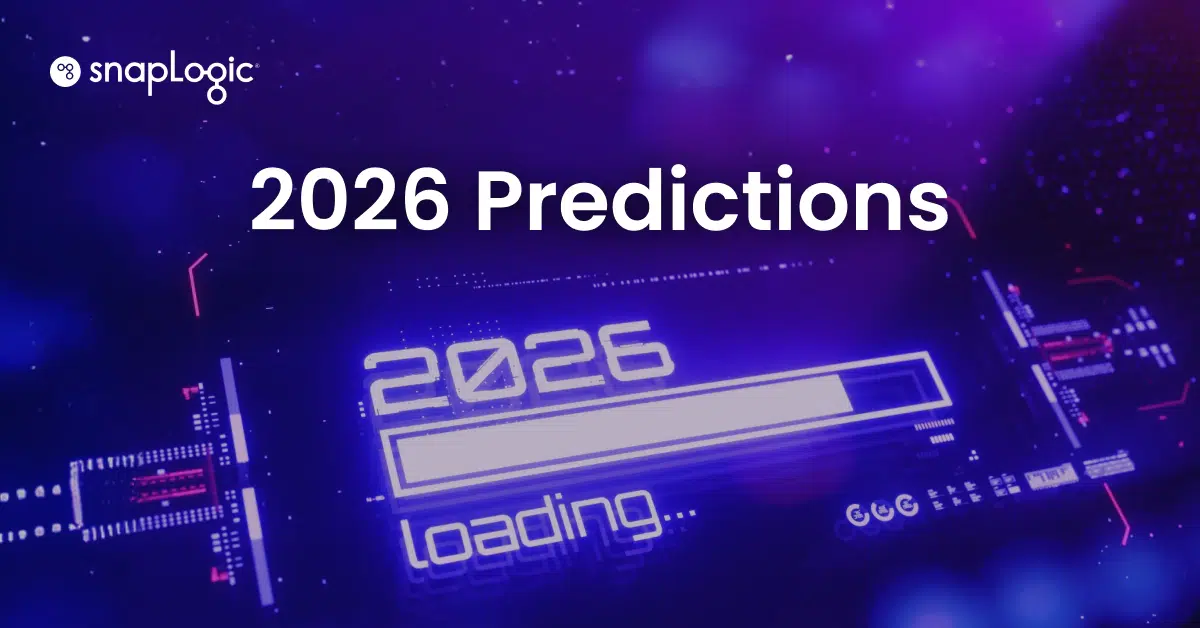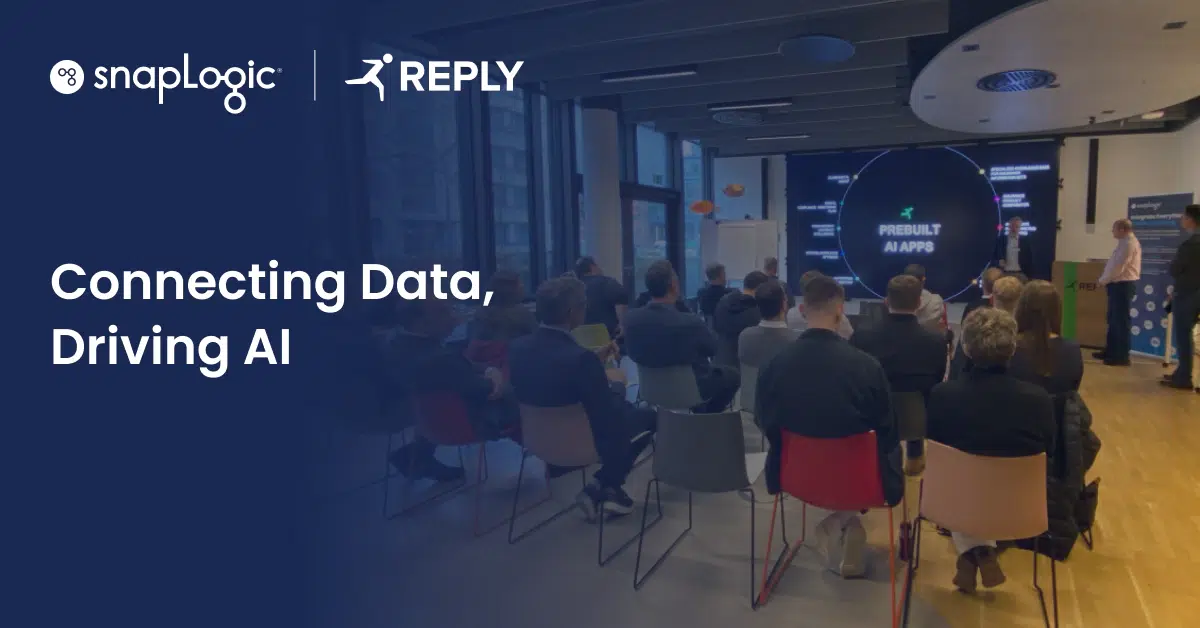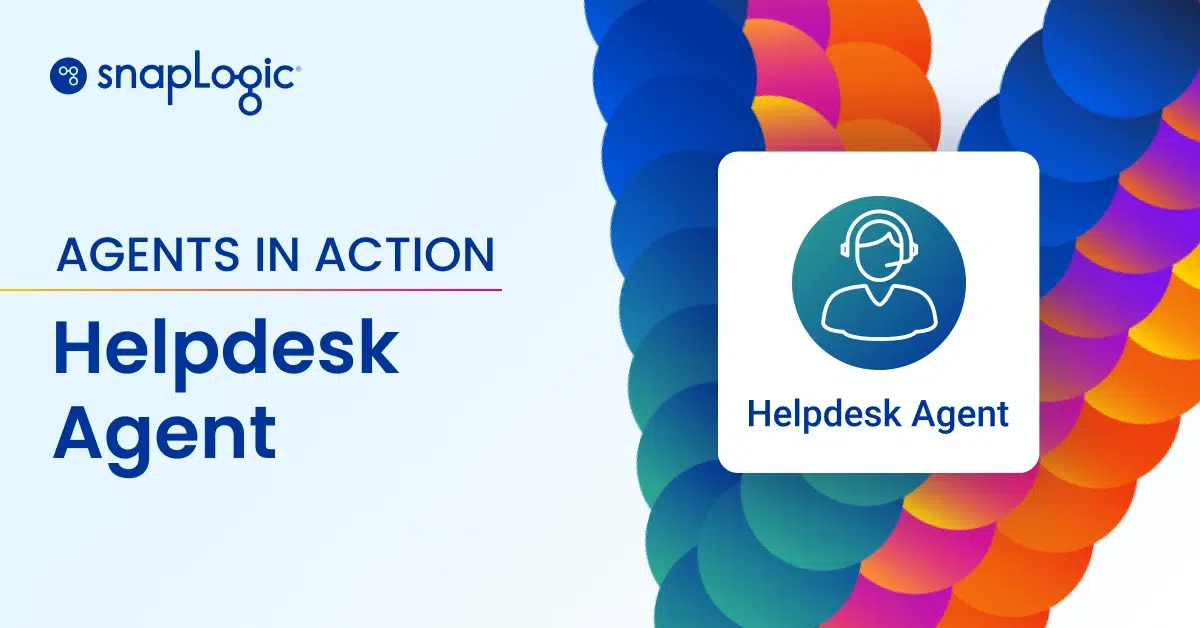Do you know the types of skill sets your organization will need five to ten years from now to meet evolving business goals and objectives? Most HR leaders would likely answer affirmatively, but do they really have capabilities to ensure an adequate supply of top talent when they will need them?
The traditional recruitment model is real-time or near time, a reactive process in many cases, driven by the workforce needs of today. Usually, a headhunter is contracted to find a candidate with the right skill set to fill a void in staff that has recently occurred or will happen soon. To fill this void, professional recruiters access a wide array of state-of-the-art HR technology tools that support expeditious and efficient recruiting workflow. But they lack a tool to address the organization’s long-term talent acquisition needs.
That’s a big problem. To execute the company’s long-term strategic plan, HR leaders must be able to not just identify the organization’s future talent needs but to also fulfill these demands. Today’s HR technology tools are not designed to support this objective. Finding and securing the right talent for the right jobs at the right time in the future is a “needle in a haystack” conundrum often left to guesswork.
Now imagine if such prognostications were vastly more accurate? Imagine if locating elusive yet superb technical skills was as easy as hitting the return button on a keyboard? Imagine a tool existed to rapidly source wide-ranging skill sets from across the world, wherever they may be, for specific jobs the company will have a high demand for in the future. Years before the organization needs these skill sets, knowledge of such talent is available now to cultivate relationships with these individuals.
Imagine no more. We are now engaged in helping to build this application, leveraging the power of artificial intelligence and machine learning to acquire important talent supply and demand insights from hundreds of data sources.
A clearer picture
To the best of my knowledge, no HR organization has a comprehensive technology solution capable of doing all of this right now. What’s needed is one tool that can integrate diverse sources of external and internal data to extract insights, and then – with the organization’s future skill set requirements and job descriptions in mind – automatically curate desired talent in the marketplace.
Strategic Workforce Planning like this is still very much a manual process in most organizations. Regrettably, human beings are at a decided disadvantage to access and analyze sources of data to discern future talent supply and demand. Modern technology, on the other hand, has a rapidly increasing capacity to make much faster and more accurate predictions in most areas of business activities.
Human Capital Management in general, and Strategic Workforce Planning in particular, is seeing strong adoption of AI and ML technology, which is driving accelerated workforce transformation in many sectors of the economy. As companies implement cutting-edge AI- and ML-based HR technologies in the ongoing war for top talent, early movers will enjoy a sharp competitive edge.
Predicting workforce needs now
A major client of ours, a multibillion-dollar telecommunications leader, is at the forefront of seizing this brave new world of progressive HR recruitment technology. The company engaged us, along with other technology players, in their Strategic Workforce Planning initiative. Our job was to pull data from a wide array of open sources — university databases, multiple applicant tracking systems, social and professional networking sites, specialized engineering, finance and HR blogs, and many other relevant data sources — into a data lake.
The next step was to apply machine learning techniques to this data to extract important insights supporting the development of a proprietary Strategic Workforce Planning model. The task was challenging due to the many moving parts inherent in workforce planning. For instance, the model needed to take into account the following considerations:
- Growing demand for highly sought-after skill sets like ML and AI expertise
- Changing geopolitical and regulatory climate affecting trade and access to traditional outsourcing markets
- Shifting organizational strategic goals and operating infrastructure
- Maximizing key talent rate of retention and predicting attrition
At present, we are working with the client to determine an optimal array of data sources, which we would access and capture in a data lake. Our goal is to position an analytics engine on top of the data lake to retrieve talent-based insights. We are in discussions right now with a number of top vendors to provide this capability.
Once this Strategic Workforce Planning model is up and running, the client will be able to predict, identify, and – most importantly – fulfill its future talent needs, setting plans in motion today to cultivate stronger and closer relationships with these skilled individuals, in addition to training current personnel to acquire needed skills. Armed with this information, HR leaders can move forward with confidence in finding the “needle in the haystack.” We’re excited about this important endeavor, which should begin to yield results sometime in 2018.










